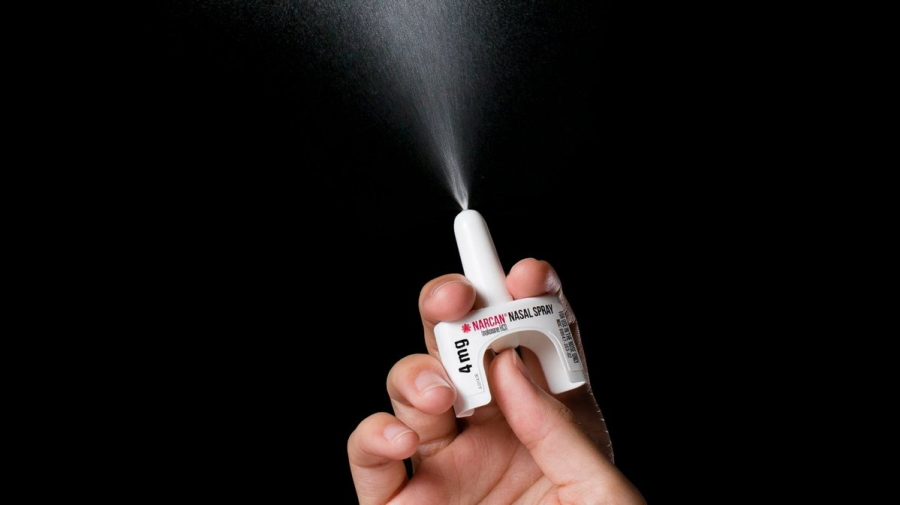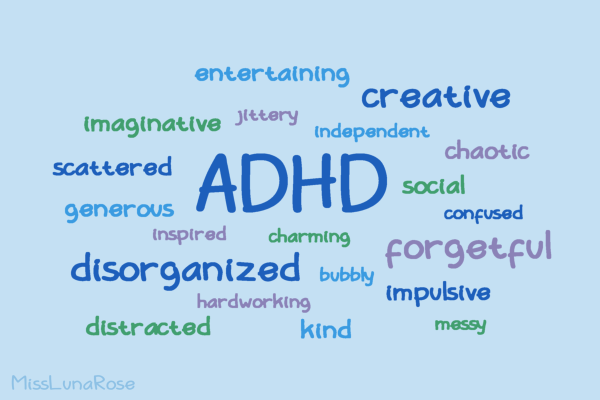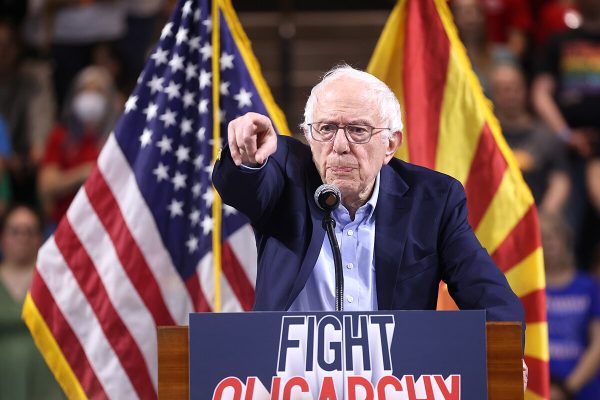Narcan Appears to Be More Than Just a Nasal Spray
An over-the-counter version of naloxone administered to patients via a nasal spray, called Narcan, was certified by the Food and Drug Administration (FDA) in mid February. For those unfamiliar with it, naloxone is a life-saving generic medicinal drug that is incredibly effective for helping reverse opioid overdoses. While naloxone can be administered in a few different ways (generically through intramuscular injections via syringe), what makes the Narcan version notable is its needle-free nasal spray that’s much easier to administer.
While being available for sale without prescriptions is by and large a good decision, it’s not quite enough.
In a country decades-ravaged by an opioid crisis, the wider-spread accessibility of Narcan by being sold over-the-counter without prescriptions is not only significant for its new availability to help save lives, but, in the long term, I believe it will help end the stigma around drug addiction and recovery.
It’s undeniable that the FDA’s decision is a big step in the right direction. That being said, in order for Narcan to fully realize its sociocultural potential, it should not be locked behind capitalistic pharmacological profit motives. The cost of over-the-counter medicine has always been a roadblock for lower-income and working-class communities to receive the help and care they need to fully recover from institutional damages.
The origins of the opioid epidemic are rooted in a lack of regulation in the financial and advertising practices of pharmaceutical companies as far back as the mid-1990s when OxyContin was invented by Purdue Pharma. OxyContin, an opioid-based product, is used as a prescription drug to help treat severe and persistent pain. Painkillers are generally the primary usage of opioids, however, an unfortunate side of opioid use is its heavily addictive nature; those who have been prescribed or used opioid products in this way have reported feelings of euphoria.
When Purdue Pharma first began marketing its new drug, they claimed that OxyContin was non-addictive and safe for painkiller use, despite the opposite being true. This was common practice for pharmaceutical companies advertising opioid products. In fact, Purdue Pharma was well-aware that their marketing was based on lies, and they admitted this knowledge in a lawsuit in 2007. Unfortunately, doctors bought into the “safe” marketing and over-prescribed OxyContin to patients, an issue that still persists today. Between 2012 and 2020, the annual number of written opioid prescriptions decreased from 259 million to 142 million. While the latter number is still incredibly high, the decrease seems to signal a shift in the right direction.
After millions of American citizens got hooked on opioids, the wide injection of heroin into communities across the country and the rising popularity of prescription drugs to be taken recreationally have only exacerbated the issue.
In recent years, the increased frequency of fentanyl, either taken purely or used to lace other drugs, has raised public alarm about the presence of illicit synthetic opioids, which can be even more dangerous.
The opioid crisis is far from over. In the 20-year period between 1999 and 2020, opioid overdoses caused by both prescription and illicit drugs have taken approximately 564,000 lives, and the rates of opioid-related deaths are still rising. In 2021, of the 108,000 drug overdose deaths in the United States in that year alone, more than 80,000 of those deaths involved opioid usage. This is a record high for annual opioid-related deaths.
I cannot overstate how essential the availability of naloxone is in combating the opioid crisis, especially when it can be purchased in an easy-to-use form like Narcan. Unfortunately, one of the biggest obstacles to ending the crisis is the widespread social stigma around drug addiction that makes it difficult for addicts to obtain the necessary resources for recovery and rehabilitation.
With Narcan now being sold over the counter, ease of access will make it easier for these resources to be shared and the stigma to come to an end. However, the non-prescription sale is still stifling the medicine’s potential, as it will still be difficult for underprivileged, under-resourced, low-income communities, families and addicts looking for recovery resources to pay pharmaceutical prices.
If you care for your community and want to help it in a materially meaningful way beyond the monetary support for local businesses, I’d encourage you to start looking into narcan training. Plenty of resources and classes (both virtual and in-person) will help teach you. Buy Narcan and learn how to use it.
Sebastian Diaz, FCRH ’24, is a journalism and film major from Chapel Hill, N.C.

Sebastian Diaz is a senior from Chapel Hill, N. C. who is double majoring in journalism and film. After starting as a news reporter for The Fordham Ram...










































































































































































































